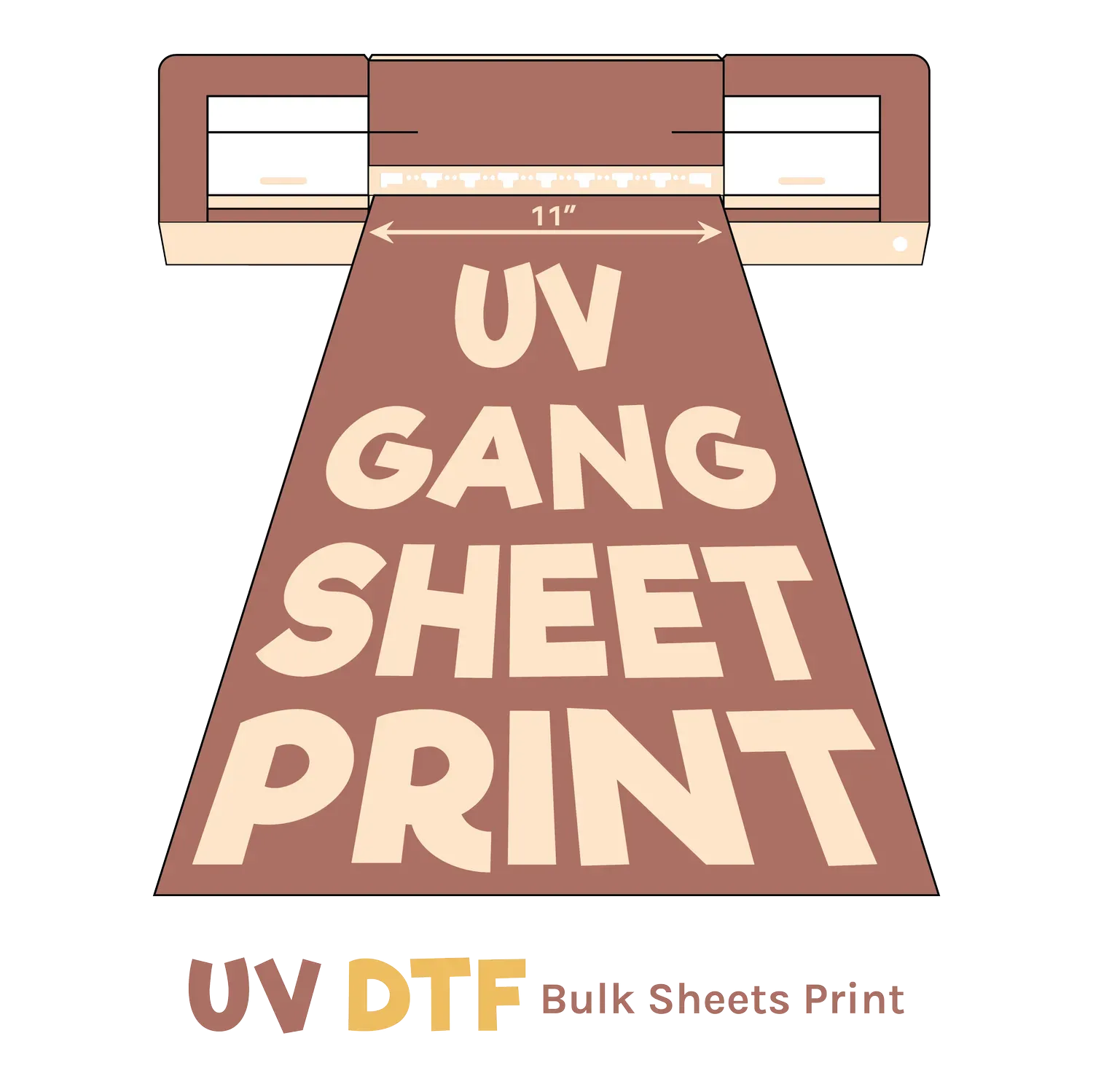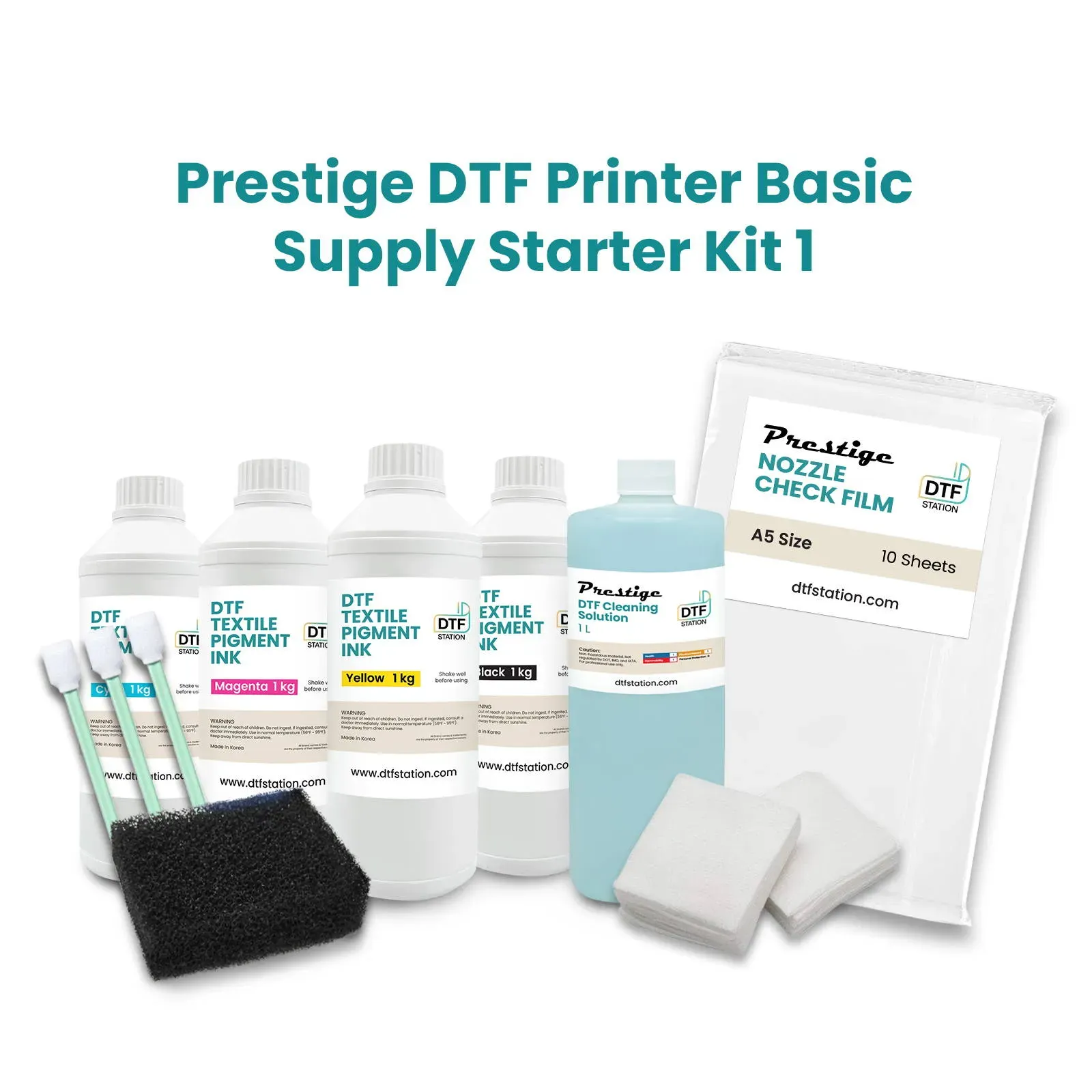DTF Gangsheet Techniques: Maximize Printing Efficiency
DTF Gangsheet Techniques are revolutionizing the Direct to Film (DTF) printing landscape by maximizing print efficiency and minimizing waste. By adeptly utilizing gang sheets, which allow multiple designs to be printed simultaneously on a single sheet, print shops can optimize their workflow while enhancing design optimization. This innovative method streamlines the printing process, making it ideal for both large and small orders. In this article, we will delve into the various benefits of employing DTF Gangsheet Techniques, highlighting how they contribute to smoother printing workflows and increased productivity. As the demand for efficient printing grows, mastering these techniques can significantly elevate your printing business.
Direct to Film printing, particularly through the use of gang sheets, is an essential approach for printers looking to boost their operational performance. This methodology, often referred to as sheet optimization or design clustering, encapsulates the efficiency of printing multiple images on a single substrate. Utilizing gang sheets not only significantly cuts down on material waste but also enhances the overall speed of production cycles. It represents a practical strategy for print shops aiming to streamline their printing workflow and achieve better cost management. Embracing these advanced printing techniques can set businesses apart in a competitive marketplace.
Understanding DTF Printing and Gang Sheets
Direct to Film (DTF) printing has rapidly gained traction in the garment decoration and custom printing sectors due to its versatility and quality. At its core, DTF printing involves transferring designs printed on special film to fabric using heat and pressure. By incorporating gang sheets, businesses can enhance their DTF printing processes significantly. Gang sheets allow for the arrangement of multiple designs onto a single sheet, ensuring that every inch of the printing area is utilized effectively, which is crucial for optimizing print efficiency.
This method not only improves production speed but also diminishes material wastage, providing a dual advantage for print businesses that seek sustainability and cost-effectiveness. When implemented properly, gang sheets simplify operations and allow for a seamless workflow, paving the way for faster turnarounds and the ability to handle larger orders without sacrificing print quality or customer satisfaction.
Benefits of DTF Gangsheet Techniques
Using DTF gangsheet techniques can lead to substantial financial savings, as it allows print shops to reduce the number of blank sheets they use in the production process. This optimization of resources means that costs related to raw materials, such as film and ink, can be lowered while simultaneously boosting production output. Moreover, gang sheets enable prints of various designs on a single sheet, which is particularly advantageous for small businesses looking to provide a diverse range of products without incurring hefty expenses.
In addition to cost savings, gang sheets facilitate quicker production times. With fewer sheets to handle and process, print shops can increase their overall throughput. This acceleration in the printing workflow not only helps businesses meet tight deadlines but also enhances their reputation for reliability and efficiency. As businesses strive for growth, the ability to deliver quality prints swiftly becomes a competitive edge.
Best Practices for Optimizing DTF Printing Workflows
Maximizing the potential of DTF gang sheets requires a strategic approach to workflow management. One of the best practices is to invest in high-quality design software that can assist in effectively arranging images on the gang sheet. This software helps ensure that designs fit perfectly within the allotted space, reducing empty areas on the sheet which would otherwise waste valuable resources. Furthermore, adopting color management techniques is essential to maintaining the integrity of printed colors across multiple designs.
Another key best practice is conducting test prints before scaling production. Test prints allow you to identify any design misalignments or color discrepancies early in the process, which saves time and resources. Employing cutting-edge technology, including the latest advancements in DTF printers, can further streamline these operations by enhancing print quality and ensuring consistency across all outputs.
Color Management in DTF Gang Sheets
Color consistency is a crucial aspect of DTF printing, especially when working with gang sheets that feature multiple designs. Implementing effective color management practices ensures that colors print as intended and maintain fidelity across the entire production run. This is particularly important for brand-specific designs where accurate color reproduction is essential for meeting client expectations.
To achieve optimal color outcomes, print shops should invest in color calibration tools and regularly update their settings based on the materials being used. Regular calibration helps in mitigating issues that can arise from variations in inks or substrates, allowing for a consistently high standard of print quality over time. By prioritizing color management, businesses can enhance their reputation and build trust with clients, encouraging repeat business.
Industry Trends Impacting DTF Printing
The landscape of DTF printing is being shaped by several industry trends, notably the increasing adoption of technology and innovative processes. Recent investments, such as those made by companies like EazyDTF in acquiring large-format printers, are setting new standards for production efficiency and effectiveness in DTF printing. These advancements are paving the way for print shops to increase their production capacity, enabling them to fulfill larger orders in shorter periods.
Additionally, sustainability is becoming a key focus within the printing industry, pushing businesses to seek practices that reduce waste and environmental impact. By utilizing gang sheets and optimizing design layouts, print companies can align their production methods with eco-friendly initiatives, appealing to a broader audience of environmentally conscious consumers.
Future Outlook for DTF Printing Technologies
The future of DTF printing holds exciting possibilities as technology continues to evolve at a rapid pace. Predictions suggest that advancements in printer capabilities will allow for even greater efficiencies in production, further enhancing the appeal of techniques like DTF gang sheets. As print shops incorporate these innovations, they may be able to explore new design possibilities, catering to diverse customer needs without compromising on quality.
Moreover, with ongoing investments and research into DTF printing technologies, we can expect improvements in the overall operational workflows of print shops. Embracing these forthcoming advancements while maintaining a focus on efficiency and sustainability will position businesses favorably within the market, allowing them to thrive amidst competition and evolving consumer trends.
Frequently Asked Questions
What are DTF Gangsheet Techniques and how do they enhance print efficiency?
DTF Gangsheet Techniques involve printing multiple designs on a single sheet in Direct to Film (DTF) printing. This method optimizes the printable area, significantly enhancing print efficiency by reducing material waste and processing time. By grouping designs together, print shops can save on costs and improve production speed.
How does design optimization play a role in DTF gang sheets?
Design optimization is crucial in DTF gang sheets as it allows print professionals to arrange multiple designs strategically on one sheet. This technique minimizes unused space, maximizes the sheet’s area for printing, and streamlines the printing workflow, leading to faster turnaround times and lower costs.
What benefits does using gang sheets in DTF printing provide?
Using gang sheets in DTF printing provides several key benefits: it reduces waste by maximizing the use of film, cuts material costs by lowering the number of sheets used, and enhances production speed by decreasing the time spent changing substrates. This results in improved efficiency across printing operations.
What is the importance of test prints in DTF gangsheet techniques?
Test prints are essential in DTF gangsheet techniques as they allow printers to identify potential design and layout issues before carrying out large orders. Conducting test prints on gang sheets ensures that the final output meets quality expectations and maintains color accuracy, optimizing the overall printing workflow.
How can advancements in DTF printing technology impact gang sheet utilization?
Advancements in DTF printing technology, such as new large-format printers, can significantly impact the utilization of gang sheets by enabling higher quality prints and faster processing times. Improved technologies allow for better color management and detail retention, making it easier for print shops to efficiently use gang sheets and meet varying design needs.
What strategies can improve printing workflow when using DTF gang sheets?
To improve printing workflow when using DTF gang sheets, consider strategies such as careful image arrangement for layout optimization, implementing effective color management systems, and leveraging new technologies. Regularly updating equipment and software also plays a vital role in enhancing operational efficiency and maintaining competitive advantage.
| Key Point | Description |
|---|---|
| Gang Sheets Overview | A technique involving printing multiple designs on a single sheet to optimize efficiency and reduce waste. |
| Design Optimization | Enables the grouping of designs, minimizing time and resources spent on small orders. |
| Cost Efficiency | Reduces material and processing costs by lowering the number of sheets used in printing. |
| Production Speed | Increases production rates by decreasing the time spent changing substrates. |
| Best Practices | Includes image arrangement, color management, conducting test prints, and utilizing advanced technology. |
| Industry Developments | Companies like EazyDTF are expanding with new technology to improve production capabilities. |
Summary
DTF Gangsheet Techniques are crucial for maximizing efficiency in printing. By mastering gang sheets, print shops can streamline their workflows, reduce waste, and significantly cut costs. This method not only optimizes the use of printing materials but also enhances production speed, allowing for quicker turnaround times on client orders. Adopting best practices, such as careful image arrangement and color management, alongside staying updated with industry developments, positions businesses to thrive in the competitive landscape of DTF printing. Ultimately, embracing these techniques is essential for any print shop aiming for sustainability and improved profitability.







